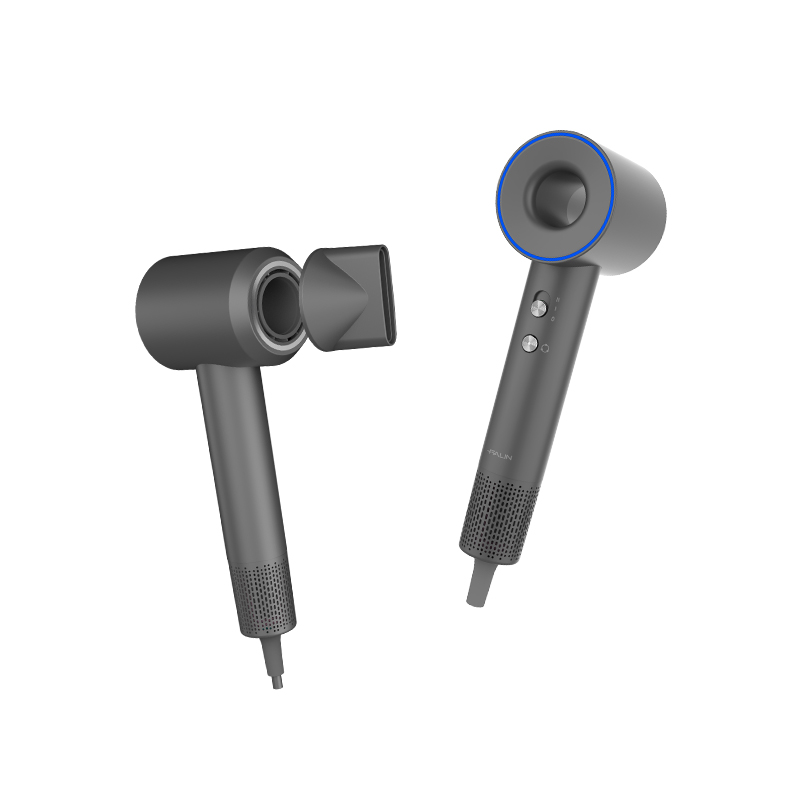
Hand dryers have become a common feature in public restrooms, offering an alternative to paper towels. Among these devices, brushless motor hand dryers are gaining attention for their potential to reduce energy consumption while maintaining performance.
How Brushless Motors Work
The key component of a brushless motor hand dryer is, as the name suggests, the brushless motor. Unlike traditional motors that use brushes to transfer electricity, brushless motors rely on electronic controllers to generate motion. This design reduces friction, heat generation, and energy loss during operation. As a result, brushless motors tend to run more quietly and require less maintenance compared with conventional motors. This efficiency can translate into lower electricity usage over the life of the hand dryer.
Drying Speed and Energy Consumption
Energy efficiency is closely related to drying time. Brushless motor hand dryers are designed to deliver high-speed airflow, which allows hands to be dried quickly. Shorter drying cycles mean the motor runs for less time, reducing overall energy consumption per use. While initial energy draw may be higher than slower models, the reduced operating time often offsets this, making brushless hand dryers a practical option for facilities seeking to manage energy costs.
Operational Features That Enhance Efficiency
Many brushless motor hand dryers include features that further support energy conservation. Automatic sensors, for example, activate the dryer only when hands are detected, preventing unnecessary operation. Adjustable heat settings allow facilities to balance comfort with energy use. Some models incorporate air recirculation or optimized airflow paths to ensure effective drying with minimal power. Together, these design choices make brushless motor hand dryers more energy-conscious than traditional hand drying solutions.
Comparing With Other Options
When compared with paper towels, brushless motor hand dryers typically have a lower environmental footprint over time. Paper production, transportation, and disposal all contribute to energy use and waste. Brushless motor hand dryers, although using electricity, can reduce both energy and material consumption when installed in high-traffic restrooms. Even among hand dryers, models with brushless motors generally outperform brushed motor units in efficiency and durability, making them a practical choice for sustained usage.
Maintenance and Longevity
Energy efficiency is also influenced by maintenance and lifespan. Brushless motor hand dryers usually have fewer moving parts, which reduces wear and tear. This translates into a longer operational life and less frequent replacement, indirectly saving energy and resources that would otherwise be spent manufacturing and transporting new units. Regular cleaning of air filters and surfaces ensures that airflow remains unobstructed, helping the device maintain its energy-efficient performance.
Brushless motor hand dryers offer several advantages in terms of energy efficiency. The motor design reduces friction and energy loss, while high-speed drying and intelligent sensors limit unnecessary operation. When compared with traditional dryers and paper towels, they can lower both electricity usage and environmental impact over time. Proper maintenance further enhances their efficiency, making them a practical choice for public and commercial facilities.
Facilities looking to improve energy use and reduce waste may find that installing brushless motor hand dryers provides a reliable and efficient solution for everyday hand drying needs.


 English
English 中文简体
中文简体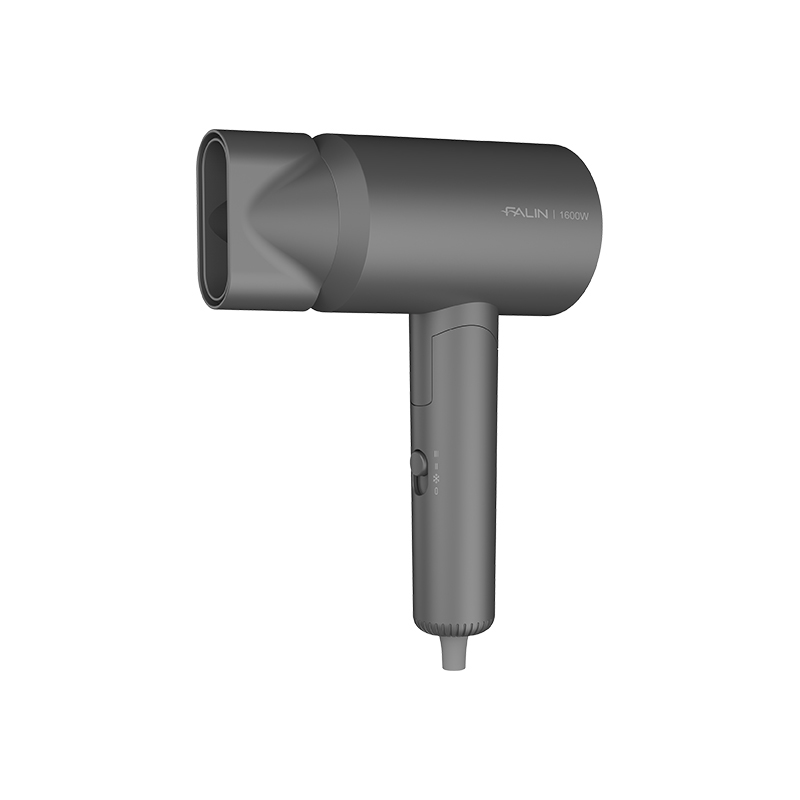
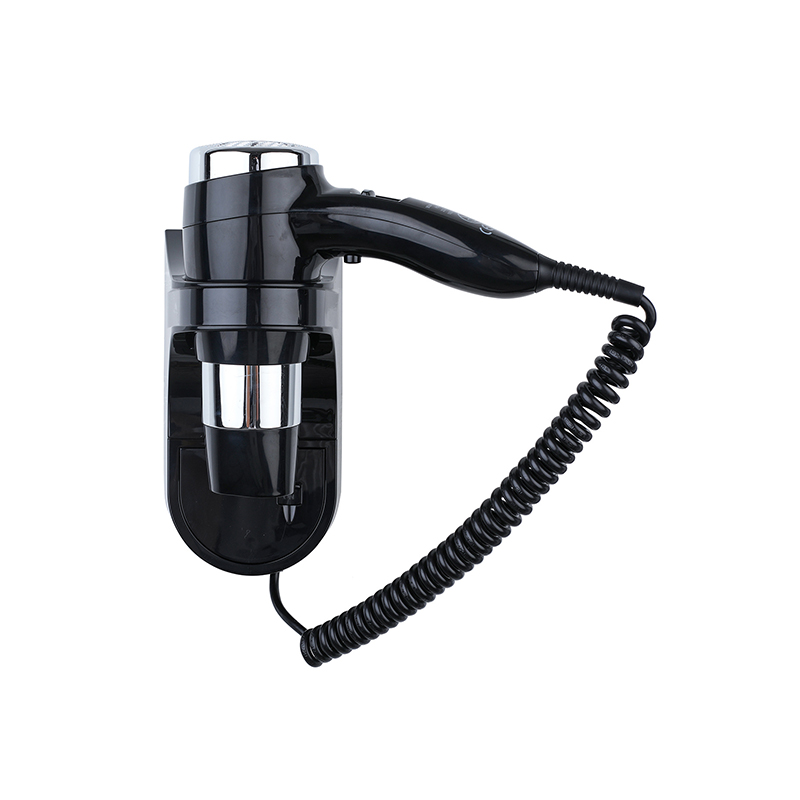
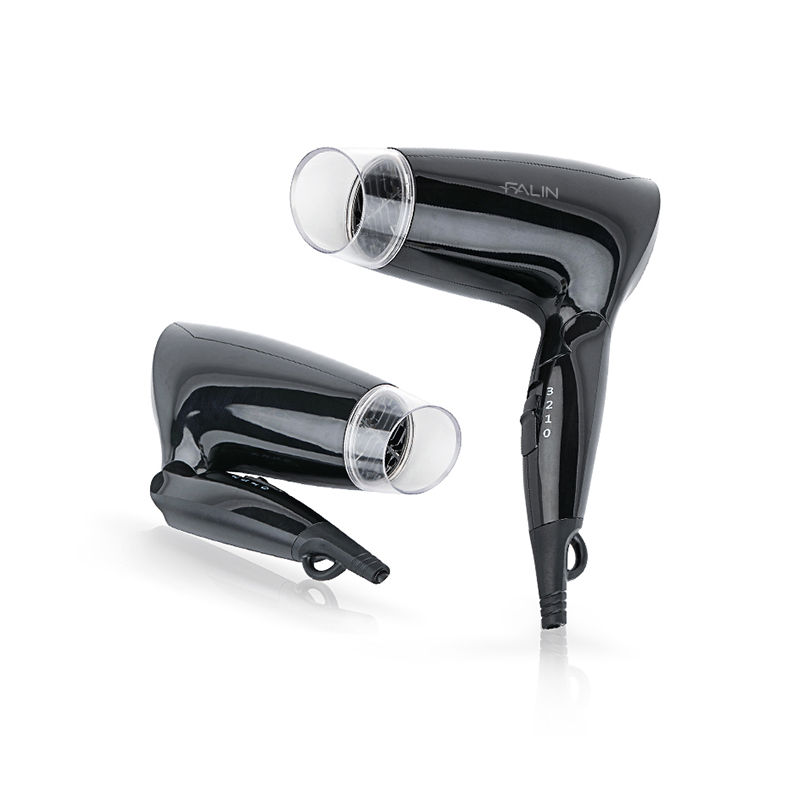
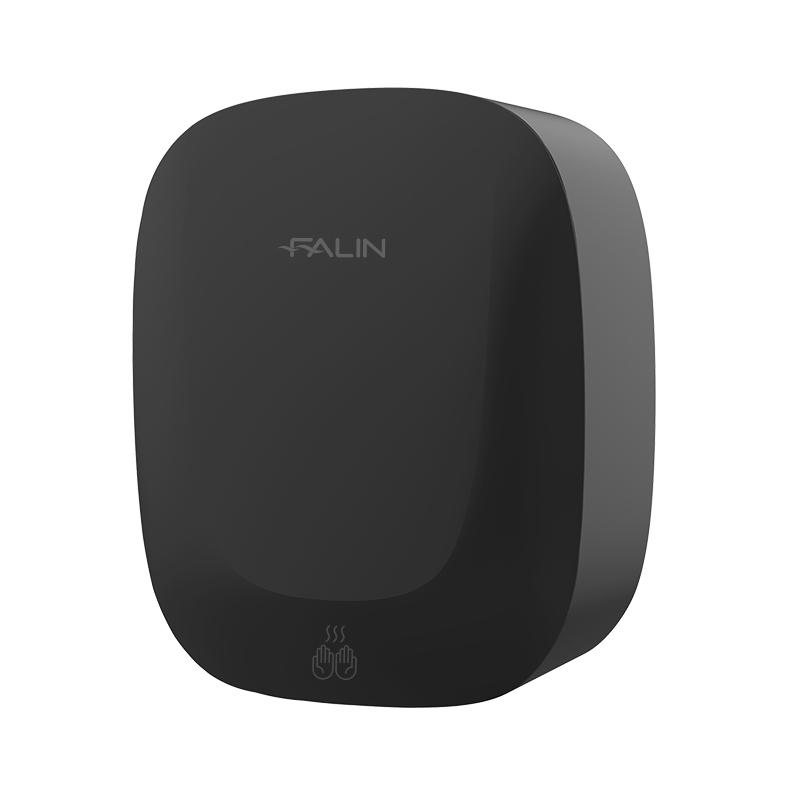
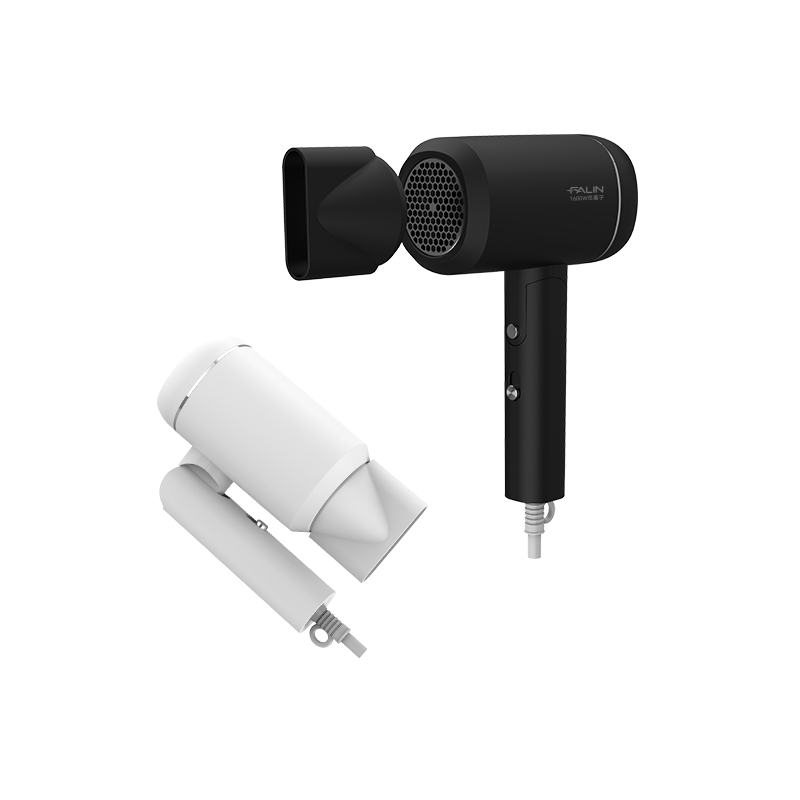


 Building 19, Block 9, Bihu Wangyang Town, Liandu District, Lishui City, Zhejiang Province, China
Building 19, Block 9, Bihu Wangyang Town, Liandu District, Lishui City, Zhejiang Province, China 